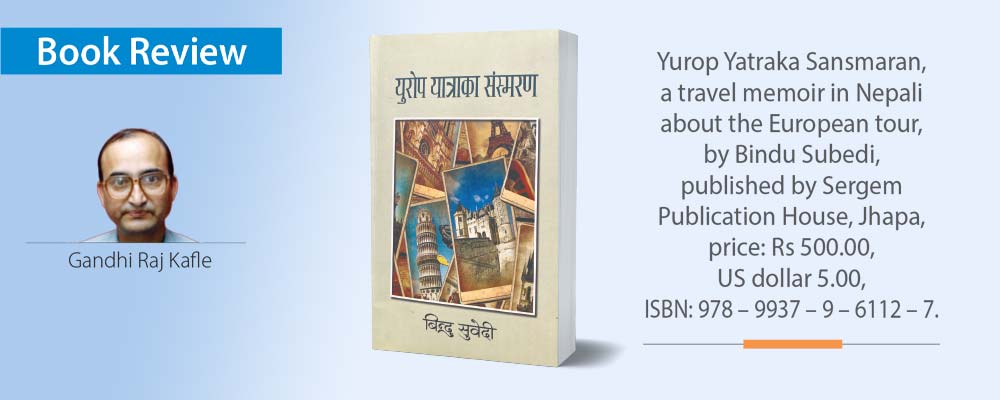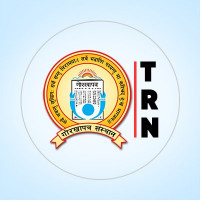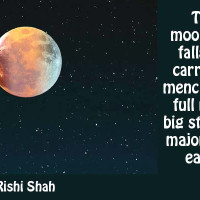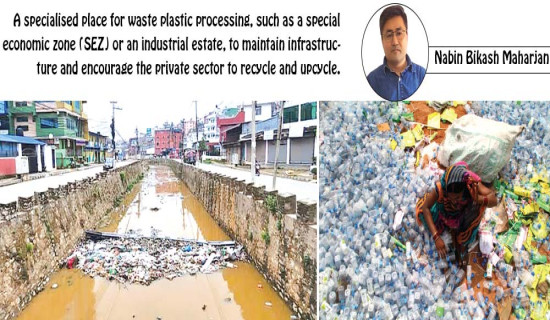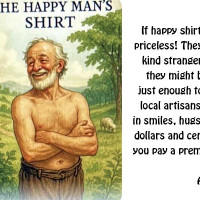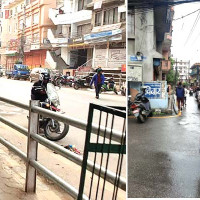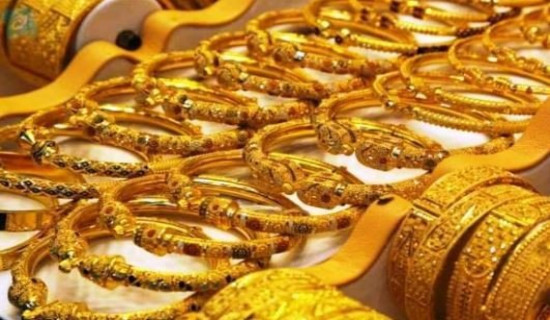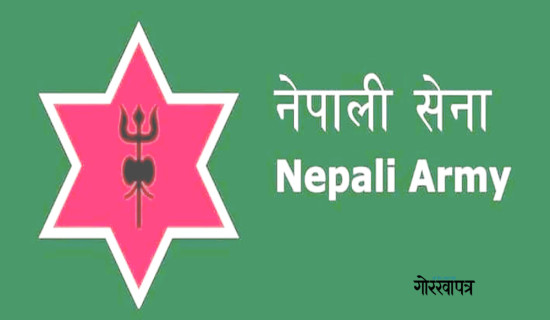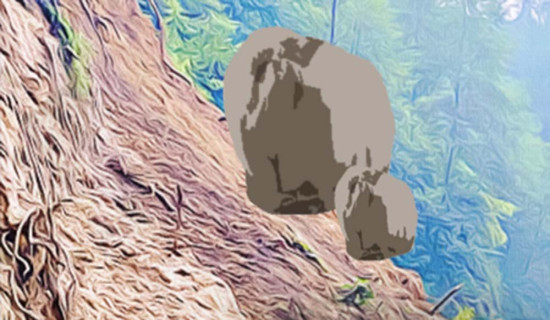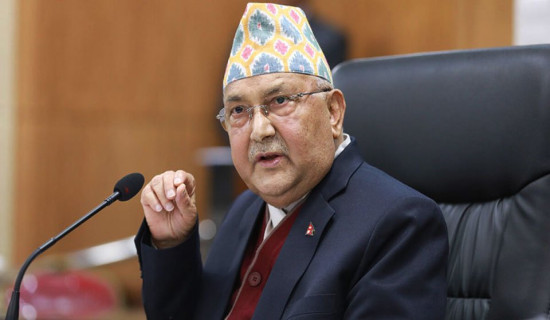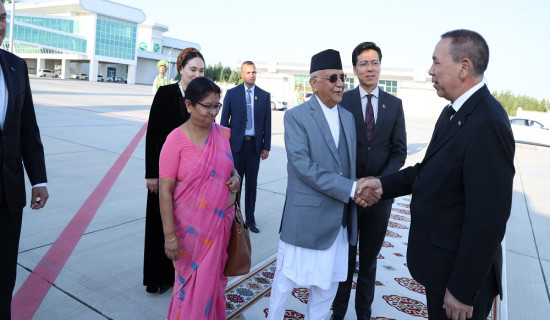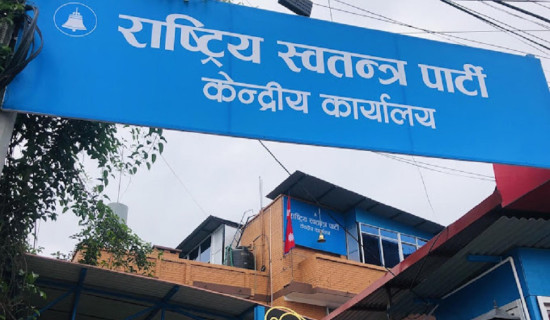- Friday, 8 August 2025
Artistic Description Of Europe
The countries in Europe have many enchanting places to visit. These places are known among travellers worldwide, and Nepali visitors are also increasingly attracted to these popular destinations. However, the point is that learning is one thing, and visiting and enjoying it directly is a separate thing of importance. Here we have the author Bindu Subedi, who highlights this fact in her Europe tour, writing a beautiful literary book entitled “Yurop Yatraka Sansmaran” (a collection of travel essays about Europe in Nepali).
Now, with the publication of this book, her Sansmaran (memoir) is available to the Nepali literary readers. How many places she visited and how she describes them is a prime curiosity while reading this book.
This 221-page book covers travel descriptions of the seven European countries—Switzerland, Hungary, Germany, Italy, France, Slovakia, and Austria—containing eight essays. The author has visited Zurich, Budapest, Berlin, Venice, Paris, the Slovakian capital of Bratislava, and Vienna. The date-by-date diary of the author about two major cities, Paris and Vienna, offers a detailed focus on her travels to these cities.
Author Bindu Subedi holds a meritorious background in literary writings. Her diverse performance, like editing the English-Nepali bilingual magazine “Across” and the publication of a travelogue book entitled “Japanma Aek Barsh,” the children’s story in Nepali “Kuirako Ghar,” and the book in co-authorship entitled “Use of Language in Nepali Press,” needs to be remembered in this context.
A creative bent of mind paves the way in the writing world, and it does not stop. But the supreme question in this regard is that times and opportunities are uncontrollable for man. Authors and their itineraries, too, must pass through this circumstance. But for sure, opportunities often come surprisingly. The author of this under-reviewed book, “Yurop Yatraka Sansmaran,” also feels like this on this European tour.
The line from a preface to the book by Professor Govinda Raj Bhattarai is quotable: ‘Strong family support is the key element to send Bindu Madam (the author) for the Europe tour.’ Furthermore, the author admits that she has been able to shape her literary idea into a book because she enjoyed it and her feelings were charged with it for writing.
Can facts be ignored? Certainly not. The readers of such writings want both sentiments and facts. That is why authors are free to maintain facts and sentimental flow artistically in such a description. The beautiful expression in “Yurop Yatraaka Sansmaran” shows Bindu Subedi greatly values her sentiments. Meanwhile, she also knows how to maintain an expressive writing flow while mentioning the facts seen and observed on her European tour. Not only this, but readers can also notice that this book is different because it is made with genuine concerns, emotions, and the expressive power of a woman author.
In one of the busy schedules of the tour, she remembers Kathmandu, her home. No matter how perfectly he wants to do it, a man's home care appears amateur compared to a woman’s. Author Bindu Subedi beautifully describes this part on pages 120 to 121.
She writes, imagining alone how the faces of my rooftop flowers would look in my Kathmandu home these days. Chilli
Akbares might have ripened fully like beautiful red cherry fruits. Birds, too, might have come there flying to gobble up our rooftop fruits.
She writes that she somehow also comes to reality from imagination. My eyes opened, and suddenly, I laughed out loud.
Bindu Subedi knows she is on a beautiful tour of Europe. Scholar Alka Atreya and other family members are guiding her, and she has already visited some of the famous tourist destinations there. But in the opportune time, she also grew nostalgic about her home in Kathmandu.
Such feelings have made this description alive in the “Yurop Yatraka Sansmaran.” This means only physical portrayal in language is not enough for the world-famous places like Paris, Rome, Zurich, Vienna, Berlin, Budapest, and Bratislava, and monuments like the Eiffel Tower, the Louvre Museum, and the Notre Dame Church. They require the heart and sentiments of authors so that they will always be beautiful in all descriptions.
The happy thing to note is that Bindu Subedi has extensively used the parts of the sentiments in the writing of this book. The readers will get plenty of interesting facts about her European tour, and noticeably, these facts have also been packaged in the artistic flow of sentiments of the author.
(Kafle is a former Deputy Executive Editor of this daily)

